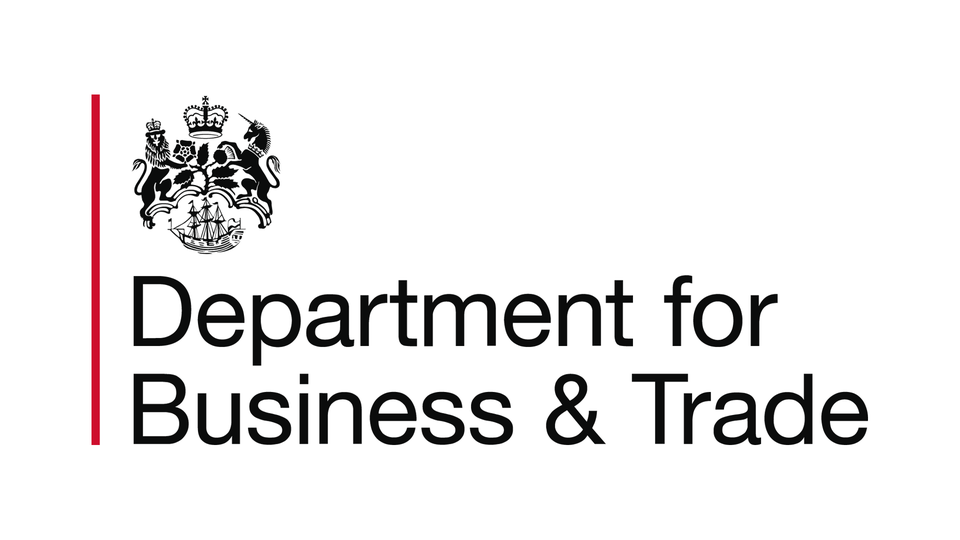Tony Sciarrotta, Executive Director of the Reverse Logistics Association explores how the global pandemic has established a new landscape of reverse logistics
What is the Reverse Logistics Association?
The Reverse Logistics Association is the only authoritative body for best practices related to reverse logistics. RLA is a member-driven, global trade association for the returns and reverse industry. The RLA offers information, research, solutions, and facilitates networking introductions for manufacturers, retail companies, and third-party providers. Our goal is to educate and inform reverse logistics professionals globally and be the voice of the reverse industry.
When companies struggle with a flood of post-holiday e-commerce returns. Is this a surprise to retailers and parcel carriers?
That’s a great question, because it’s related to a lack of forecasting software in the industry. You hear about SAP and Oracle and all the great systems like that. You don’t hear anything about reverse logistics software—forecasting, processing, etc.
The reason it was a bit of a surprise—though not a complete surprise—is online returns are two to three to four times higher than in-store returns for simple reasons. If you’re going to buy a shirt, an L.L.Bean size 15/34 is different than another brand’s. And so, people do bracketing: They buy a size bigger, a size smaller, and maybe two colors. And so suddenly, you may have 10 items go out, two items kept, and the rest sent back. That’s a simple example of the surprise that some retailers did not understand was in store for them.
You also have issues of interoperability. The electronics product that you bought: You take it home or it comes to your house, you put it into your system, and it doesn’t connect or doesn’t “talk” to the other components. So, those issues drive returns higher as well.
In the old days, all we had was the famous Super Bowl returns period. People would buy a big-screen TV, use it for the Super Bowl, and take it back to the store. That was an expensive period. But nowadays, there is this trend of high e-commerce sales with proportionately higher returns.
Aside from sheer volume, were there other factors in 2021 that made this returns peak different from other years?
Absolutely. There were financial issues, and there were quarantine issues. First off, returns are supposed to be limited to maybe 30 days after the purchase, and you run a financial book based on that. And now suddenly because of the pandemic, you’ve given them 90 or 120 days to return items, so you’ve got that liability on your books for a much longer term. That’s driving the financial people, the CFO world, crazy.
And then part two: If you took things back to a Walmart or Best Buy store, or shipped it back, you had quarantine issues in the early days. Nobody knew where the virus would live. Could it live on clothing inside a box for two days? It just wasn’t known. And retailers in the brick-and-mortar world were taking things back and putting them in a separate area and leaving them there for a while…
Read more latest industry news and developments in our free to download magazine.
Media contact
Anna Wood
Editor, International Trade Magazine
Tel: +44 (0) 1622 823 920
Email: editor@intrademagazine.com











